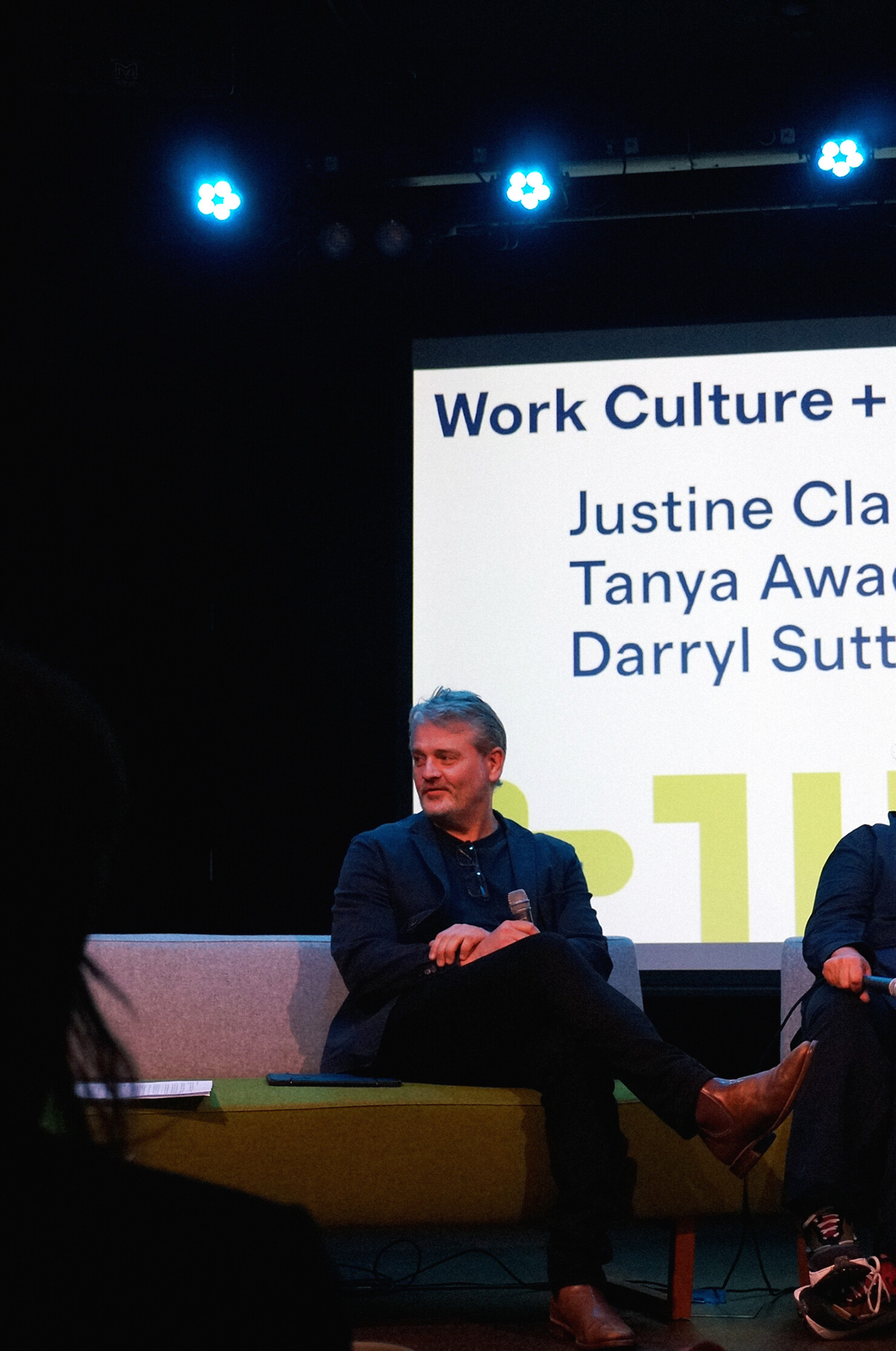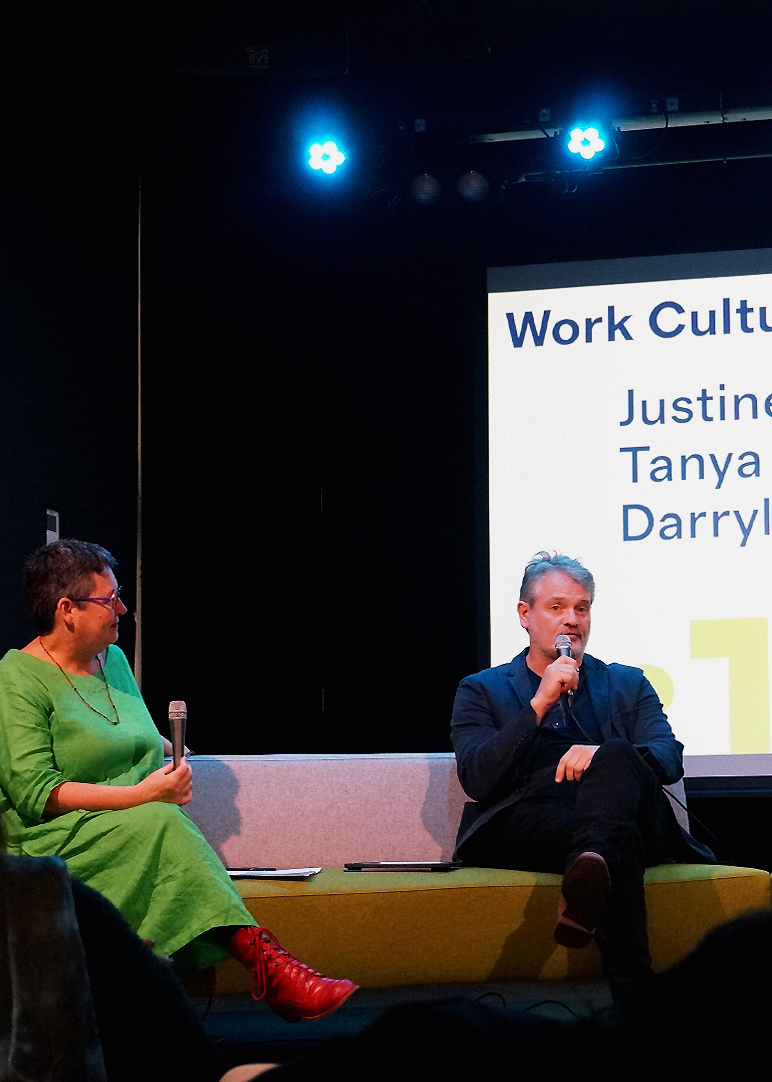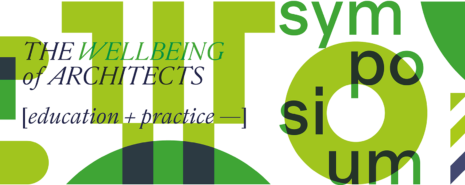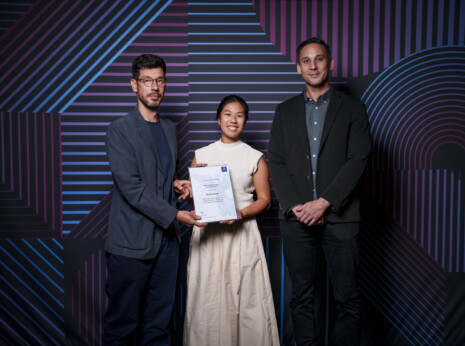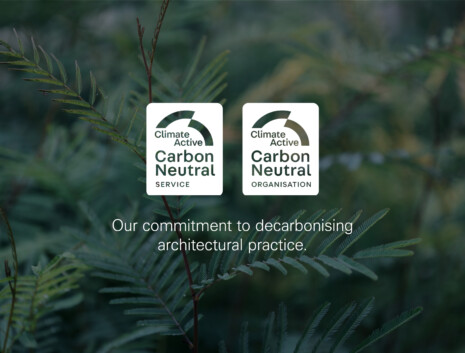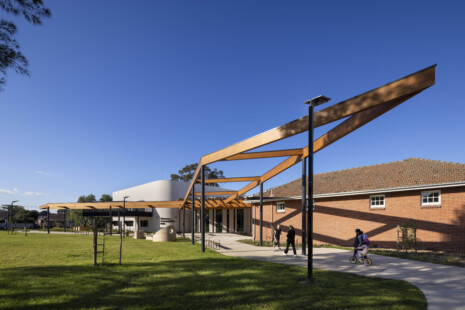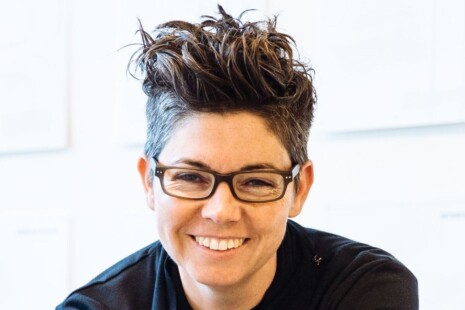
Nurturing Wellbeing in Architectural Workplaces: Symposium Insights
As the architecture industry continues to evolve, so must our approach to fostering a healthy and fulfilling work environment for professionals in the field.
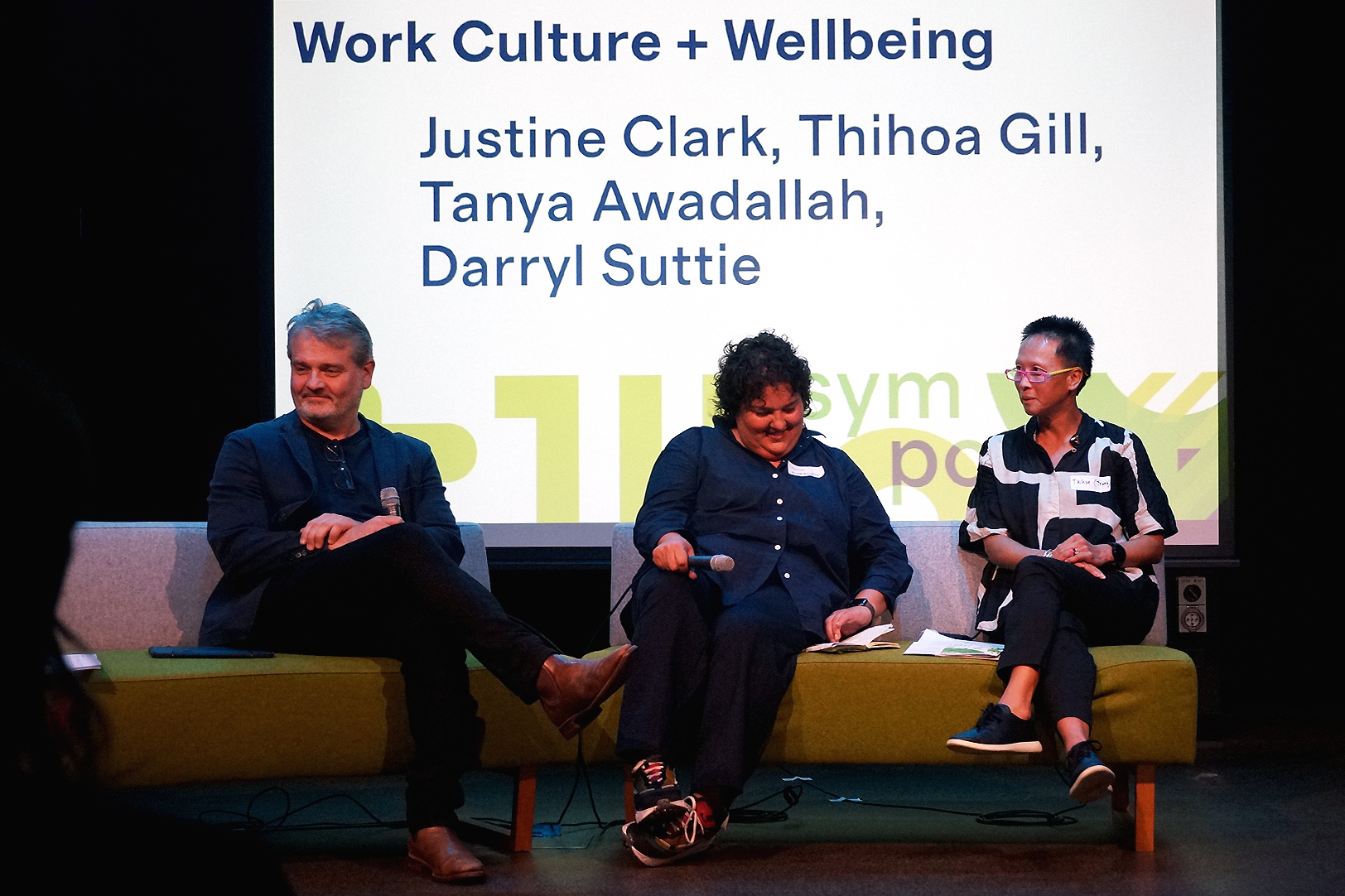
DesignInc Director Darryl Suttie participated in The Wellbeing of Architects [education + practice –] symposium, held in Melbourne 8-9 May 2024, which marked the conclusion of the comprehensive research project The Wellbeing of Architects: culture, identity + practice. He shares his insights in this article.
Recently, I had the privilege of attending The Wellbeing of Architects [education + practice –] symposium in Melbourne, where industry leaders, academics, and practitioners gathered to discuss workplace wellbeing in architecture firms. The conversations were enlightening and will prompt positive change within our industry.
I participated in a session chaired by Justine Clark from Parlour that explored practical measures architecture practices can take to support a creative, sustainable, healthy work culture. Joined by panellists, Tanya Awadallah of MHNDU and Thihoa Gill from Grimshaw, it was an honour to contribute to the dialogue around this critical issue.
The symposium underscored the significance of collaboration and camaraderie within the industry. It’s important to recognise that workplace wellbeing extends beyond immediate satisfaction – it’s about ensuring the long-term viability of our profession. As professionals, we bear the responsibility of workplaces that will attract the next generation of design professionals.
My belief is everyone plays a role in improving workplace culture. While industry and practice leadership are crucial, every individual within a firm contributes to wellbeing in their workplace.
Darryl Suttie
Director, DesignInc Melbourne
At DesignInc we recently adjusted our work-from-home policies – not for productivity reasons – but in response to feedback indicating our team was experiencing a decline in soft mentoring opportunities. Our people told us in workplace wellbeing surveys that personal connections and face-to-face interactions are integral to job satisfaction and professional growth. Emerging leaders value opportunities in face-to-face experience when learning to lead. While remote work options are important, striking a balance between flexibility and in-person interaction is key to creating a workplace where people thrive.
At the heart of it all is the project experience. Ensuring our teams have the support, resources, and clear communication channels they need to succeed is paramount. From fostering role clarity to promoting psychological safety, every aspect of project management plays a role in shaping the wellbeing of our teams.
Support groups, training and growth programs, and social clubs have their place, but if the project is frustrating, the stress and unhappiness created by the project experience will hurt people.
Practice leaders need to continue improving their project planning and resourcing, and better communication with the team is essential. We’ve done fun stuff like role reversal with new graduates to demonstrate how hard it is to brief other people. We encourage them to ask questions and challenge the brief, knowing they will be supported. Fostering role clarity and promoting psychological safety influences wellbeing.
A key takeaway for me was that at work, 75-85% of our time is project time. That is what consumes our day. So, to have a healthy workplace, we have to get the project experience right.
Darryl Suttie
Director, DesignInc Melbourne
Reflecting on the symposium discussions, it’s clear that there’s no one-size-fits-all solution to workplace wellbeing. It’s an ongoing journey that requires continuous effort, adaptation, and a shared commitment from all stakeholders. By prioritising wellbeing, we not only enhance the quality of our work but also enrich the lives of those who contribute to it.
The success of the symposium demonstrates many practices are onboard with embedding wellbeing initiatives in their workplaces. There was a consensus that our next challenge is to broaden the concept across our profession, making wellbeing in architecture practices a workplace norm. Collaborating with the AIA could pave the way for mainstreaming this initiative.
As I prepare to share these insights with my colleagues and peers, I’m reminded of the power of collective action. Together, we can create a future where architects thrive, and our workplaces are not just spaces for work but platforms for growth, creativity, and fulfilment. It’s a future worth striving for and I’m excited to be part of the journey.
I’m grateful to Naomi Stead, Byron Kinnaird, Justine Clark, Maryam Gusheh, project sponsors, and all the magnificent people and industry collaborators who are working so hard on this incredibly important project to make architects’ workplaces safer and more satisfying.
Darryl Suttie
Director, DesignInc Melbourne
